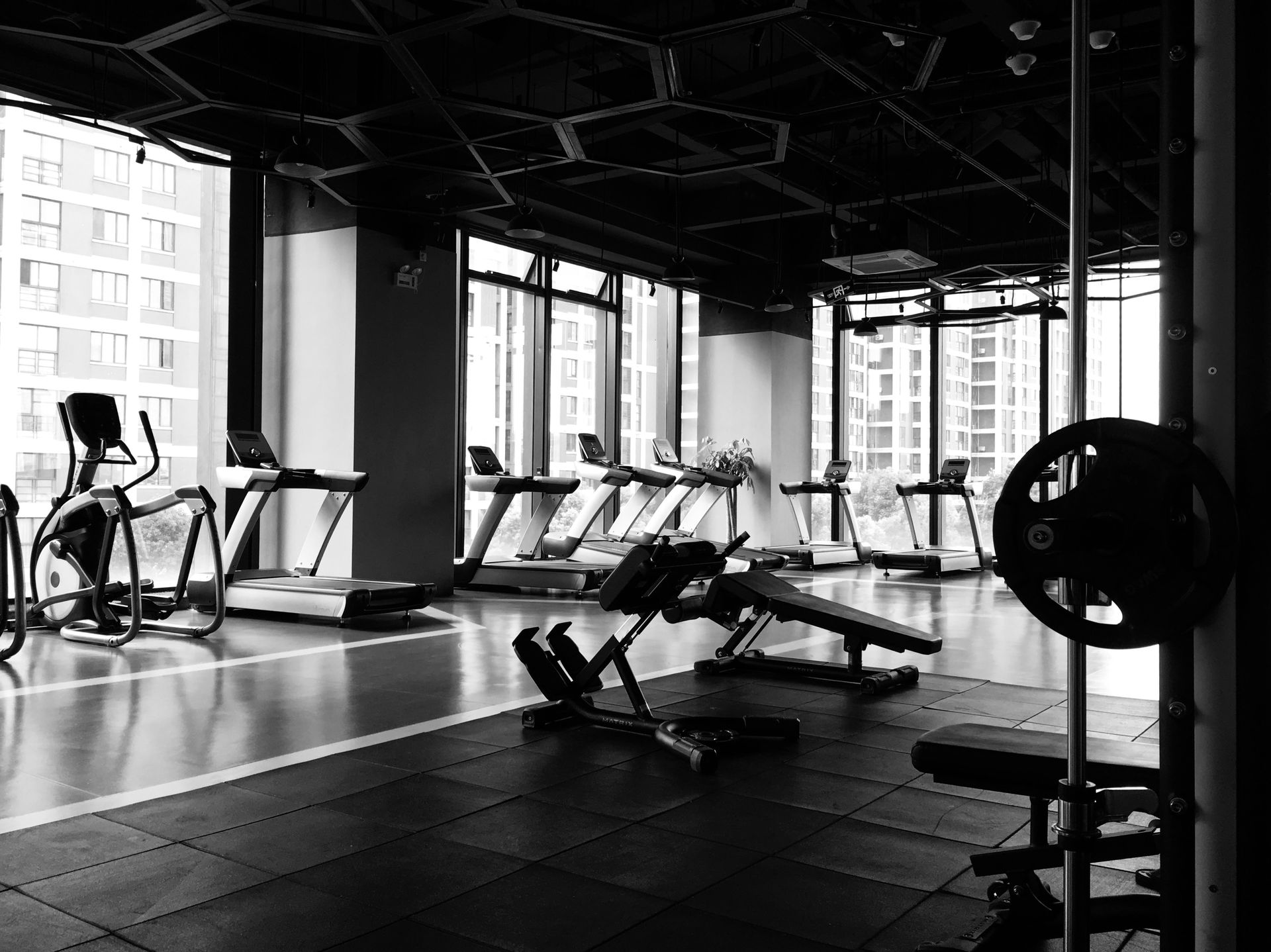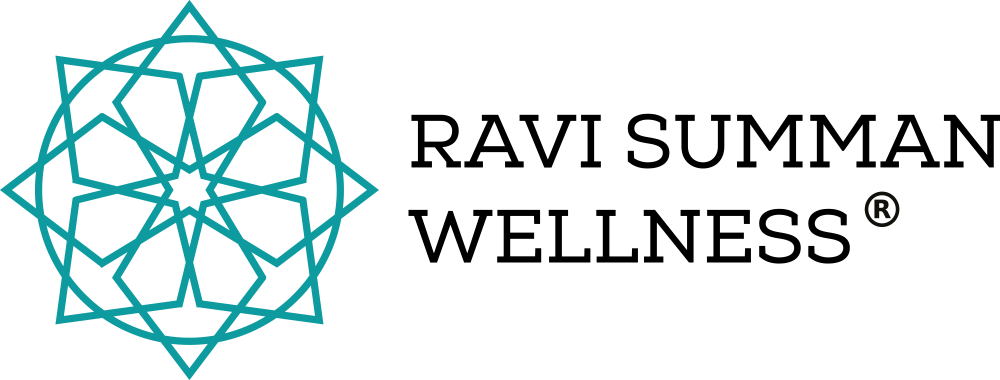How to lose body fat and keep it off - Part 2
My Nutrition and Diet Tips for losing body fat:
Do not eat less than 1,200 calories per day:
When the calorie intake is below 1,200 calories per day, this results in the body going into starvation mode and as a defensive measure, it stores fat to insulate itself. ‘Crash’ diets can leave you with low energy levels, having mood swings and a negative impact on your performance in and outside the workplace.
Consuming enough calories to sustain your daily activity and support your training programme will not make you fat. The calories need to provide nutritional value which will keep you mentally focused and consistent with your training too.
Drink at least 3 to 4 litres of pure water per day:
The human body is made up of 70% water and thus it is important to consume enough water each day. When you have water in drinks such as tea or coffee, this creates a loss of body fluid by creating a diuretic effect and drinking pure water is what should make up your litre intake. While there is no consensus for the required daily water intake, having seen other people lose fat and get in shape, drinking at least 3 to 4 litres of pure water per day was effective for them.
One of the questions asked by my clients is ‘During a workday and travelling to meetings, how can I get to drink 3 to 4 litres of water daily?’ The answer is simple: you schedule your regular food meals throughout the day and thus space your water intake.
The greater your bodyweight, I would recommend more than 3 litres of water daily. Adjusting your water intake especially after exercise as sweat causes you to lose minerals and electrolytes and your environment such as warm weather will encourage you to drink more water.
Leave a time gap for water intake and solid food consumption:
Water is a powerful element and to aid digestion, you should leave one-hour gap after drinking water before you consume food. Similarly, after eating food, wait at least one hour before you drink water. It is inevitable you will need to sip some water to help swallow food and keep any drinking of water while eating to a comfortable minimum.
Eat low, GI complex carbohydrates:
It is important to have complex carb sources from low GI foods to stabilise blood sugar levels and manage the levels of insulin. Insulin regulates blood sugar and one of its tasks is to take sugar from the blood and transport to muscles so that sugar can be used as energy. Excess blood sugar can cause diabetes and of course excess bodyweight and a sedentary lifestyle can also reasons for diabetes to develop.
Eat regular, small meals throughout the day and do not skip them:
Whatever your goals are, managing the hormone of insulin is essential for regulating your blood sugar levels. Too much insulin activity can cause blood sugar to spike and this causes the body to store fat. That is why it is advisable to have time intervals between meals, it provides you with adequate time to consume the nutrients from food and avoid feeling sluggish.
Try to eat to 5 to 6 small meals per day by having some food every 3 hours. This is achieved by including small, healthy snacks at time intervals from breakfast, lunch and dinner. For example, as a mid-morning snack, you may have a protein supplement with water and for the afternoon snack try having hemp seed powder with mixed nuts and berries.
Drink Green Tea:
Green tea contains caffeine and the amino acid l-theanine which keeps the body awake and yet relaxed. As it elevates the body temperature, it creates a thermic effect for burning body fat and I have used green tea consistently to burn body fat. I recommend drinking two cups of matcha green tea each day.
A caution about caffeine - there are minerals which cannot be absorbed at the same time – calcium and caffeine clash for absorption. Hence when you have a caffeine drink or green tea, please leave a one-hour gap before you consume any food or supplement with calcium.
Caffeine has some mixed reviews – some research arguing that coffee including decaffeinated have properties which make them anti-inflammatory, anti-bacterial and are an antioxidant.
If you are using thermogenic fat burning supplements which have green tea and caffeine, be mindful of any side effects known to be experienced such as high blood pressure and irregular heartbeat.
Reduce and avoid artificial flavours, sweeteners and preservatives:
In today’s world where there is a growing shift in the need for convenience in eating, there is no surprise that some foods marketed as ‘low fat’, often have artificial flavours and sweeteners to make it taste as though it still had that natural fat. The impact of these sweeteners is that causes an immediate blood sugar spike and too much simple sugars can cause insulin at any one time can lead to the body storing fat.
There is also the growing debate about the negative impact about artificial flavours, preservatives and sweeteners have on the health of the gut.
Reduce simple sugars and avoid excess simple sugar foods:
It is a contentious debate on how much fruit you should consume as sugar is in fruit. Of course, fruit and vegetables provide important nutrients. However, there are some fruits which are high in sugar and have a high GI rating, an example being pineapple.
My advice is when you have fruit, keep it to those which are not excessive in sugar and thus I would rather have an orange than grapes or mango.
Simple sugars are now more prevalent due to modern food production and the use of artificial sweeteners in food marketed as low in fat and in food supplements. Therefore, avoid processed caffeine or energy drinks.
Also avoid foods that are high in simple sugars such as confectionery, desserts, biscuits, cakes and alcoholic drinks.
Alcohol contains 7 calories per gram and contains malt which is also high glycaemic. It all adds to your daily calorie intake. The problem with simple sugars and foods high in sugar is it can create cravings which will lead to eating more than you planned.
Avoid fried food:
At a restaurant meal or at home, eat food which is baked, steamed or boiled. When you fry food with oil, you are adding extra calories to your daily intake. Therefore avoid eating crisps and savoury foods in packets which involve frying in their preparation.
Reduce or eliminate foods with yeast and reduce wheat consumption:
One of the common items discussed in healthy eating is the consumption of bread. Although it is within healthy eating guidelines of the UK government, modern production of food has led to increased use of processing in food. Researchers have argued the yeast in foods such as bread can cause imbalance of digesting carbohydrates, protein and fat efficiently.
We have all grown up eating bread – whether it is for school trips, picnics or every day eating. Bread consumption was always weekly for me until I learned in my 20s the impact of excess yeast and since then have reduced its intake.
It is difficult reducing consumption of a food which has been staple in your diet your whole life and yet it is possible too. During a working week, you can replace bread with other foods such as quinoa and bean salad; the nutrients will provide you with the sustained energy to get through the workday.
In the article on ‘Food Intolerance and Gut Health’ which is in the resources section, you can read what Ricky Singh, Founder of Supply Life has to say about wheat and his experience of Irritable Bowel Syndrome.
Reduce consumption of milk and dairy:
Milk is a good source of calcium and has other health benefits. In my experience, when I reduced and at times eliminated this from my diet, it increased the rate of fat burning. This is because milk contains lactose – a simple sugar. For achieving fat loss at the most effective rate, reducing dairy intake and simple sugars is one of the right steps you can take.
Calcium can also be gained from other foods such as low-fat cheese which is also is a protein source.
Which foods provide calcium that are not dairy provide?
- Green vegetables, such as broccoli
- Tofu
- Baked beans
- Pulses
- Nuts
Eat fish and a range of protein sources daily:
For those who are not vegan or vegetarian, fish serves as an excellent source of protein. It does more than just provide protein for muscle growth and repair, it is a good source of omega 3 fatty acids which enable other functions such as absorbing vitamins, minerals and for effective functioning of the brain, hair growth and healthy skin.
Your food preferences will determine the type of protein sources you can have. For example, those on a vegan diet would naturally have more tofu, pulses and beans in their diet to get as much of the required amino acids from protein.
Eat the required balance of protein, carbs and fats for your body type:
In working with clients, I design meal plans which are aligned to their body type, fitness goals and food preferences (vegetarian and non - vegetarian). As we have our own characteristics, the meal plans need to reflect this, especially if there are food allergies and thus substitute food to provide the right level of protein and carbs are required.
Read the labels:
As simple and obvious as it sounds, it is more relevant today to read food labels especially if you have allergies or problems with digesting dairy. The next time you are in a supermarket, you will see that there are colour codes and labels with the word ‘healthy’ in it. However, please still read the food labels to ensure with the foods you purchase, you are making the best choice for your eating and training plans.
I always favour eating whole foods for providing you with protein and carbohydrates. However,
in today’s world of constant change and the daily pressure of getting through your tasks, it is no surprise that protein and food supplements will continue to be used throughout the working day.
While I am not against the use of supplements, it is essential you choose supplements with minimum or no sugar. For example, a chocolate protein bar may be marketed as high in protein and low in carbs, but there are always sugars in a protein bar. I would rather opt for a protein bar with nuts and no chocolate.
Eat a range of seeds, berries and fibre daily:
Flaxseed, pumpkin and hemp seeds provide essential fats, minerals such as zinc, iron and are also good sources of fibre.
Fibre (non- starch polysaccharide) is found in fruits, vegetables, grains and beans. Although it does not provide energy to the body it helps the food get digested. Fibre can be soluble and insoluble, such as:
- Soluble fibre – Beans, oats, barley, broccoli and fruit
- Insoluble fibre – Grains such as wheat, rice, vegetables and pulses
As fibre helps you digest food, it is important for maintaining health of your gut and can be effective in a diet for weight loss and fat reduction. From experience, I have found by including foods high in fibre it prevents irregular eating patterns. Sufficient fibre helps you feel satiated.
So, how do you keep the fat off?
After going through a journey of mind and body to achieve fat loss, you owe it yourself to keep the fat off. This requires consistency in training, diet and the mind set to continuously improve.
Mindset:
One of the reasons why people regain the body fat they have previously lost, is mind set. In life we come across obstacles and am sure you have also been at a point where the worst things can happen at the worst time. I have experienced this more than once in my life and it is painful to say the least. However, what I have learned is that pain is temporary, and this material world of illusion is temporary too.
The mind will always ultimately determine what the body does and how it reacts.
How we perceive an obstacle will play a role in the outcome of our actions. After I suffered from my health challenges of ongoing rectal prolapses during Dec 2010 and in Jan 2011, a colorectal surgery in January meant I could not train abdomen for at least one month and needed to take a break from exercise. When I returned to gym training after the required rest from surgery, I would think back at the condition of my body in previous years. As painful as it was going on a plane to Mumbai after surgery in Jan 2011, I was determined to overcome any obstacle and get back in shape.
There are also factors outside our control such as global political, economic and environmental events. We all agree that 2020 has been a year of unprecedented change for the world with the global pandemic of the coronavirus compelling most of us to think how we can implement positive changes and help others in need across the world. Always remember how you feel inside you will radiate your energy to the world.
Positive speech and the use of affirmations is one of the techniques you can use to stay motivated on your journey of health and fulfilling your potential.
I will be exploring more of mindset and its importance in the article on ‘Mental health and Mindset’.
Consistency in Training and Diet:
With any diet and training programme, avoid the use of ‘crash’ diets which leave you depleted of energy. As your body changes, you need to also keep track of your diet each month so that the body is always getting the required nutrients.
One way of keeping track of your progress is the food and training diary. By keeping track of a day’s eating, you can use that to change the different protein and carbs sources you have providing the required flexibility in a diet. For example, if you have gained a few pounds of lean mass over a three month period and are training with heavier weights, you would increase both protein intake to continually repair muscle and increase carbohydrates to fuel the workout and spare the protein for muscle growth.
Cardiovascular training should always remain in your weekly workout to metabolise fat as an energy source. This is achieved when you train cardio first thing in the morning having consumed no carbohydrates, no solid foods and are exercising in a fasted state. The cardio training can be varied – for example, you may choose to do a 45 minute run in one week and the next week swim continuous laps in a 60 minute swim session. With swimming, I have found the backstroke with continuous kicking (from the hip) is highly effective for keeping the fat off the abdomen and lower back.
The amount of cardiovascular training you would do is dependent on your body type and cardio needs to be done to the point where it helps not just the health of your heart but your conditioning too. For example, for a mesomorph body type, I would recommend one cardio session per week while you are training for lean mass and muscle growth.
The journey of health and fitness is ongoing and keeping track of what you eat and your training plans in a diary will help you evaluate your progress and make adjustments when required. Diet plans should be reviewed each month as the body composition is expected to change.
Interested in finding out more about how I can help you? Get in touch!
Share this post





